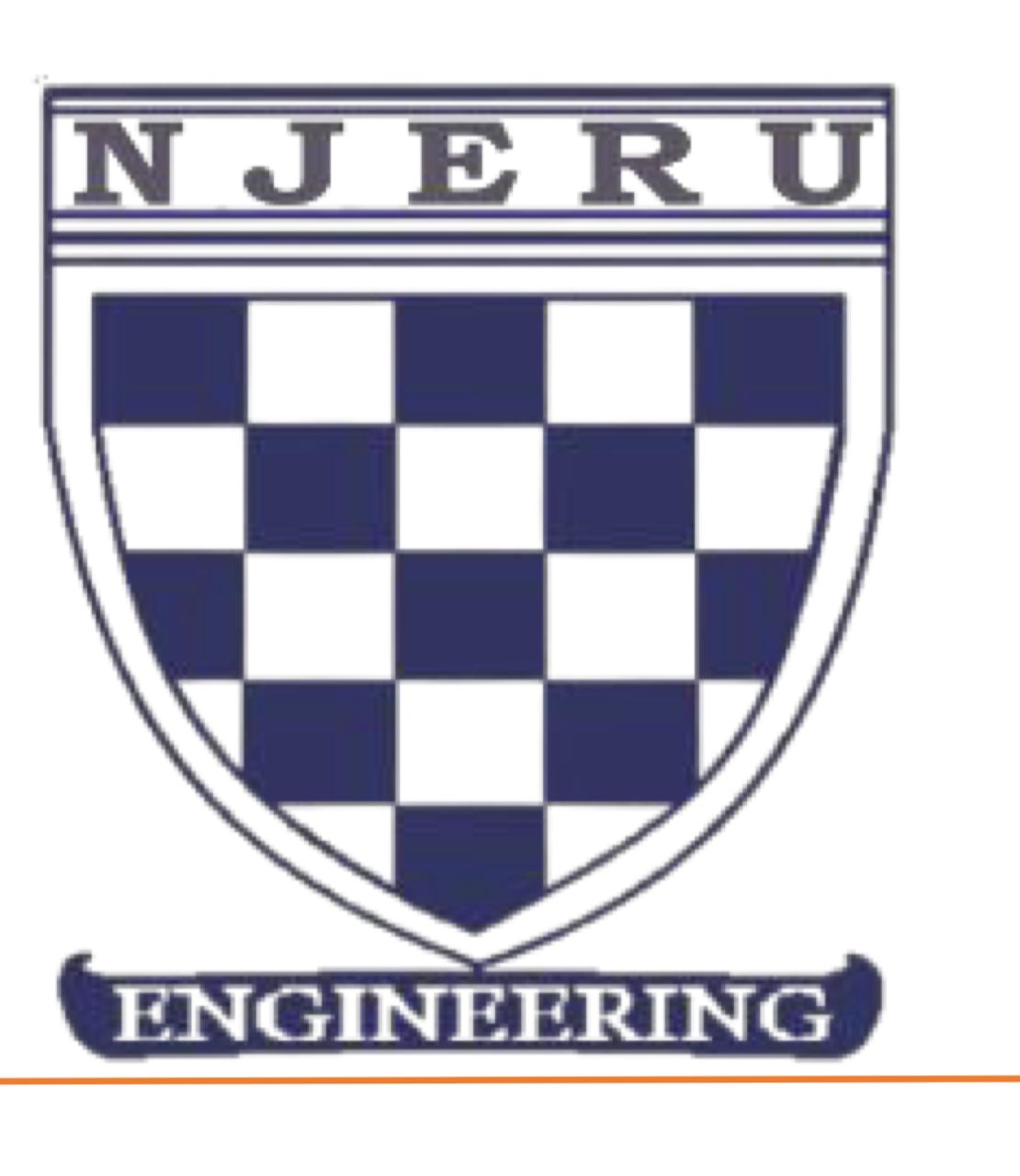Vol: 1 Issue: 1
Structural Integrity Assessment of an Abandoned Reinforced Concrete Structure
Joseph O. Ukpata
INTRODUCTION
Several non-destructive methods (NDT) are available for evaluating the quality of concrete in existing structures. Some of the common methods include: Schmidt or rebound hammer, visual inspection, ultrasonic pulse velocity, electromechanical methods, tomographic mapping, electrical resistivity, magnetic cover meters, petrographic testing, infrared thermography, radar, etc. The purpose being to assess strength and durability parameters such as: compressive strength, concrete cover, carbonation depth, chloride penetration, etc [1-4]. The choice of methods to be adopted in a given investigation is dependent on the purpose of the investigation and availability of necessary equipment. The use of visual inspection and rebound hammer are common methods to evaluate the quality of concrete structures [5-8], especially in developing countries where sophisticated instruments are not esily available. Mathematical models have been developed to predict compressive strengths of concrete from Rebond Hammer numbers [9].
1.1 Project description and data acquisition
The structure covered a plan area of approximately 422 square metre. The design was for 3 floors (i.e. Ground, First and Second Floors). The ground floor consisted of an auditorium of approximately 190 square metre with a stage and spaces for conveniences. The first floor consisted of 5 halls, a lounge, a foyer, including spaces for archives and conveniences, while the second floor was made up of offices, library and spaces for conveniences. The building design also incorporated 3 stairs located at the 3 extreme corners.
However, actual construction had terminated at the first-floor level, with concreting for the slab deck partially completed. Also, concreting for the stairs were only achieved for first flights and landings. Construction work was then abruptly abandoned.
1.1 SCOPE OF WORK:
The scope of work include the following:
A. Integrity Check:
a. Supperstructure:
i. Carry-out integrity check/assessment of structural elements such as cloumns, beams and deck-slab within the ground floor of the supper-structure, to evaluate the present state, quality and serviceablility of the structural members; including non-destructive assessment of reinforcement bar locations, sizes and concrete cover, using “profoscope cover meter” evaluation.
b. Foundation Footings:
i. Excavate to expose external foundation footings inorder to perform integrity assessment, to evaluate present state, defects (if any) and structural stability of the foundation footing; using non-destructive investigative approach.
B. Quality Assessment:
a. Carry-out insitu non-destructive quality assessement of the foundation footings, columns, beams and deck-slab of the Engineering centre building; using rebound (Schmidt) hammer method, to evaluate the non-destructive strength and density of concrete components of the structual elements.
C. Adopt minimal destructutive approach where necessary, to expose the structural members for purpose of performing items 1 and 2 of this technical proposal.
Collate all observations and findings of the integrity check and quality assessment, analyse, interpret, prepare and submitt detailed report of the investigation to the branch chairman, Nigerian Society of Engineers, Eket Branch.


